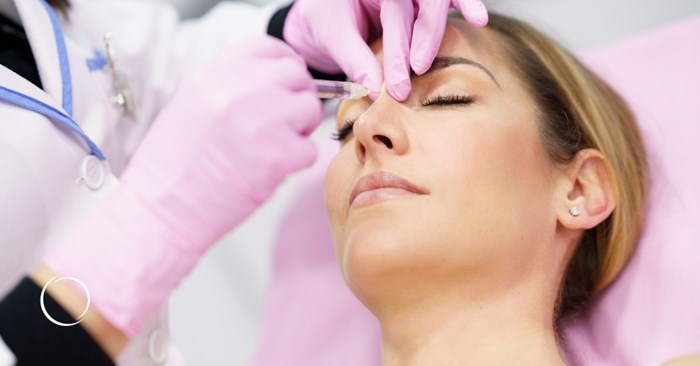Nonsurgical rhinoplasty techniques and best practices

Many patients are concerned about the appearance of their nose, but some are hesitant to undergo traditional surgical rhinoplasty to correct imperfections and irregularities. Whether it's the idea of going under general anesthesia, the lengthy recovery period or how long it can take to see final results, a surgical rhinoplasty can easily start to feel intimidating.
Surgical rhinoplasty was the only effective option for many decades, but there are new, innovative nonsurgical alternatives that have emerged within the last several years. These nonsurgical methods are ideal for patients who are less inclined to undergo surgery but are still interested in enhancing the aesthetic appearance of their nose, offering excellent results without the extensive surgery and recovery that follow. From fillers to threads, these minimally invasive nonsurgical rhinoplasty options can be performed in the office the same day by your practitioner, with immediate results and minimal downtime.
So, what is nonsurgical rhinoplasty and how truly popular is this type of procedure? How is it typically performed? Who are the right candidates for this type of procedure as compared to a traditional surgical rhinoplasty? To answer these questions and gather more insight around the fascinating topic of nonsurgical rhinoplasty, we reached out to ASPS Member Surgeon Michelle Lee, MD.
ASPS: When patients approach you for rhinoplasty, how often do they have a perspective on whether they want a nonsurgical or surgical option?
Dr. Lee: Most patients initially come in expecting to discuss surgical rhinoplasty, but are often surprised that there can be a nonsurgical option. The best candidates for nonsurgical rhinoplasty typically have a small dorsal hump that is centered along the midline.
ASPS: Who are the patients that most often come to your practice for nonsurgical rhinoplasty?
Dr. Lee: We most commonly see patients who have a small dorsal hump on the nose. By carefully placing filler around the hump, we can camouflage it and create a smoother, more contoured nasal profile – especially along the midline bridge. It's a great option for addressing minor contour irregularities.
ASPS: What are the most common methods of performing a nonsurgical rhinoplasty?
Dr. Lee: The most common approach is using dermal filler to contour the nose. In some cases, we may also use neuromodulators (such as Botox) to soften the muscles around the nose and refine the overall shape.
ASPS: How do you work with patients to determine the right approach for their nonsurgical rhinoplasty?
Dr. Lee: We take the same approach as we do with surgical rhinoplasty consultations. It starts by understanding the patient's goals. It's important to ensure that a nonsurgical technique can realistically achieve the aesthetic result they want.
ASPS: Do you have any advice or best practices for patients who are considering nonsurgical rhinoplasty vs surgical rhinoplasty?
Dr. Lee: Nonsurgical rhinoplasty involves injecting filler into a high-risk area, so it's crucial to seek out a highly qualified, credentialed injector. Additionally, while nonsurgical rhinoplasty can provide beautiful aesthetic improvements, it is not appropriate for addressing functional concerns like a deviated septum.
To find a qualified plastic surgeon for any cosmetic or reconstructive procedure, consult a member of the American Society of Plastic Surgeons. All ASPS members are board certified by the American Board of Plastic Surgery, have completed an accredited plastic surgery training program, practice in accredited facilities and follow strict standards of safety and ethics. Find an ASPS member in your area.
